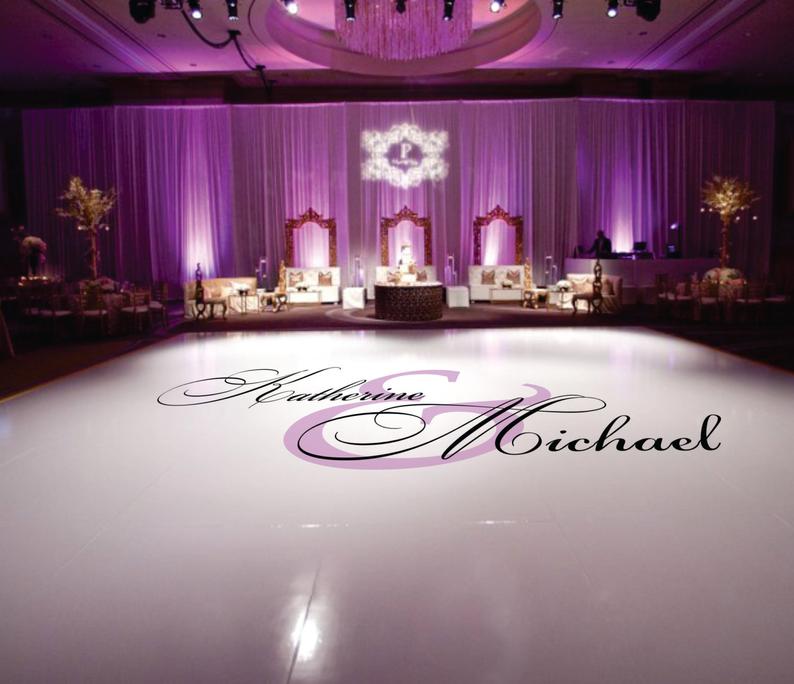Choosing the appropriate materials for building a durable and secure external dance surface is essential for guaranteeing an pleasurable session. Exterior movement platforms must endure various weather elements while offering a stable surface for performers and participants. Therefore, it is important to evaluate factors such as material resilience, safety attributes, and maintenance demands when making choices. This article will examine several suitable materials and their benefits in designing an outdoor dance floor.
One common choice for outdoor dance floors is timber. Lumber provides a classic and warm aesthetic that many find appealing. Solid woods like maple or ash are particularly preferred due to their durability and ability to absorb shock, which can protect dancers’ ligaments. Additionally, wood has natural slip-resistant properties when treated properly, reducing the risk of injuries. However, maintaining a wooden dance floor requires routine coating and resurfacing to protect it from moisture and UV damage, rendering it critical to account for the climate in which the floor will be placed.

Another practical option is composite materials, which blend natural fibers with plastic. These composites are designed to be resistant to moisture, mold, and fading from UV exposure. Synthetic dance floors provide longevity similar to conventional wood without the extensive upkeep. They are less pop-up dance floors for events susceptible to warping and cracking than natural wood floors when exposed to harsh environmental conditions. Furthermore, composite materials often have integrated anti-slip properties, making them a more secure choice for outdoor events.
For those looking for a more contemporary approach, modular tiles made of polyvinyl chloride or elastomer are excellent alternatives. These tiles are designed for hassle-free installation and can be reconfigured or swapped as required. The versatility of using interlocking tiles allows for rapid assembly and disassembly, making them suitable for short-term dance events or gatherings. Additionally, these flooring types provide shock absorption that improves support while dancing and reduces the likelihood of injuries caused by falls. The non-porous nature of PVC and rubber also helps prevent water absorption, further prolonging the life of the dance surface.
Ultimately, it is crucial to evaluate the site and planned view publisher site function of the exterior dance floor when choosing components. For instance, if the dance floor will be installed in a heavily used area or subjected to inclement weather regularly, opting for durable surfaces that require minimal upkeep will be essential. On the other hand, for lighter use or in more protected areas, lighter options may suffice. In any case, emphasizing safety features such as grip and impact resistance should stay at the center of planning.
In conclusion, building a durable and safe outdoor dance floor involves careful assessment of diverse solutions appropriate for different settings and purposes. Wood offers timeless aesthetics but requires diligent maintenance; engineered composites blend appearance with durability; modular flooring offer adaptability and convenience. At the end of the day, identifying the specific needs of the dance floor's intended use will guide material selection toward choosing the most suitable solution for an satisfying and safe dancing experience in outdoor spaces.
Comments on “Choosing the Ideal Resources for Constructing a Durable and Protected External Performance Floor”